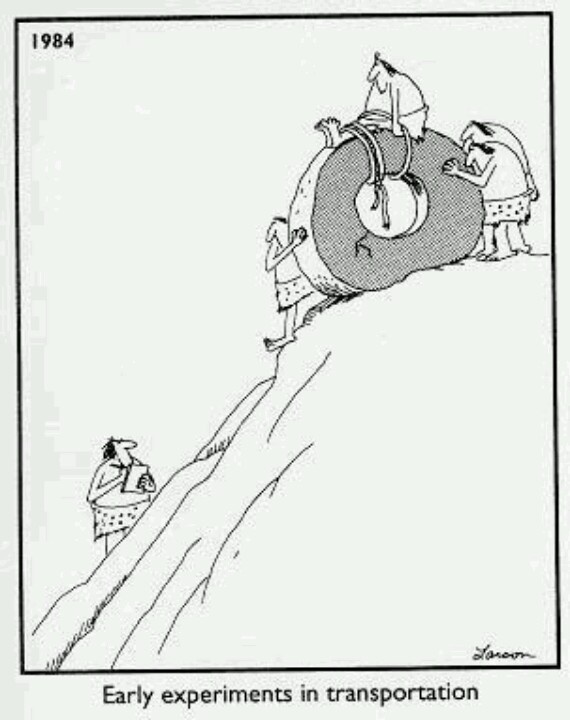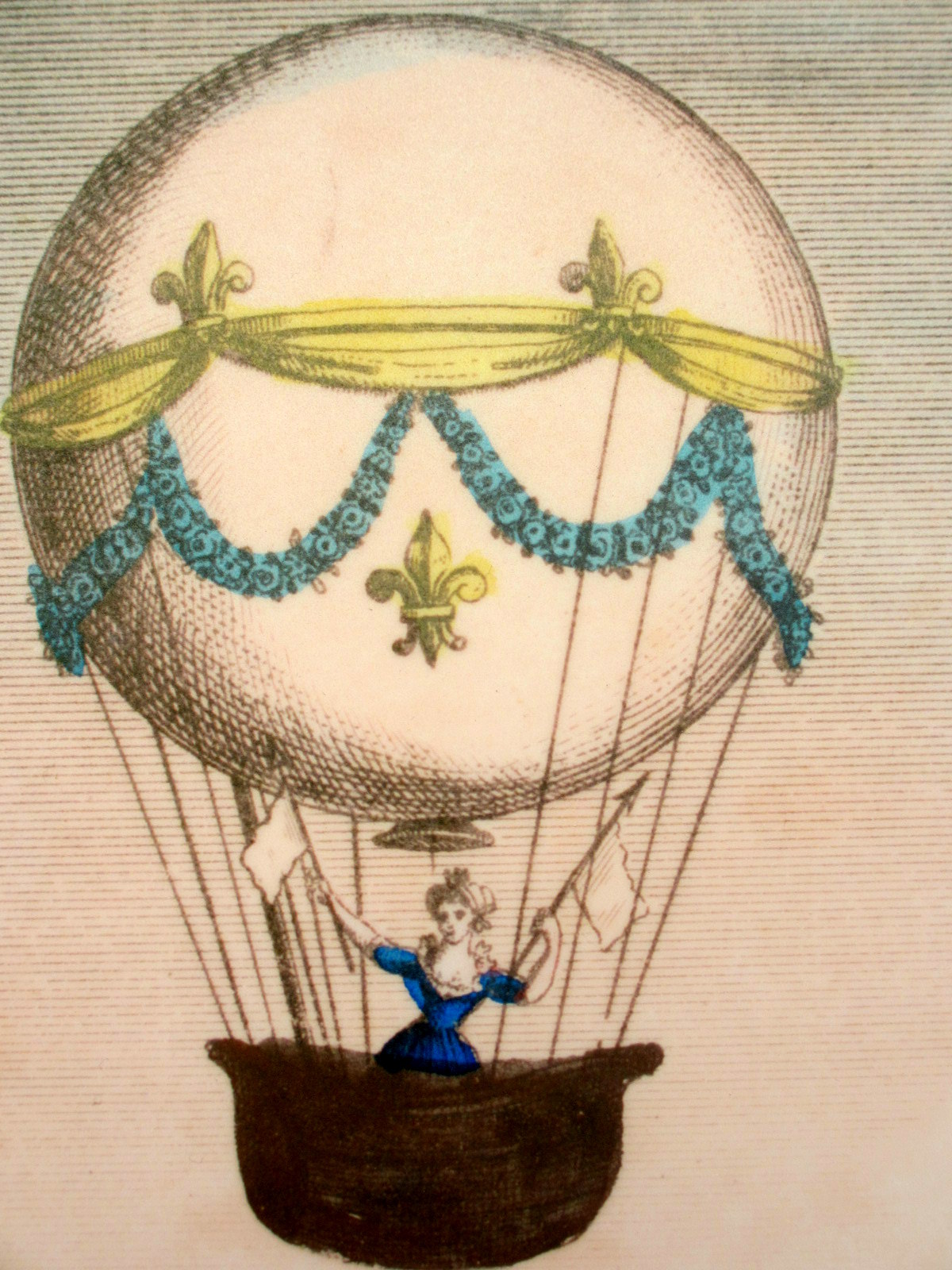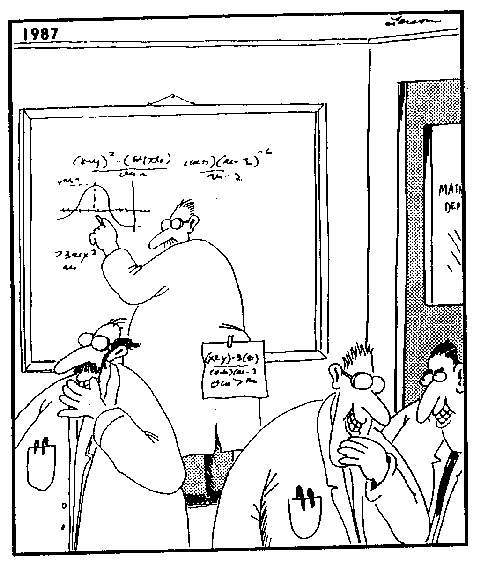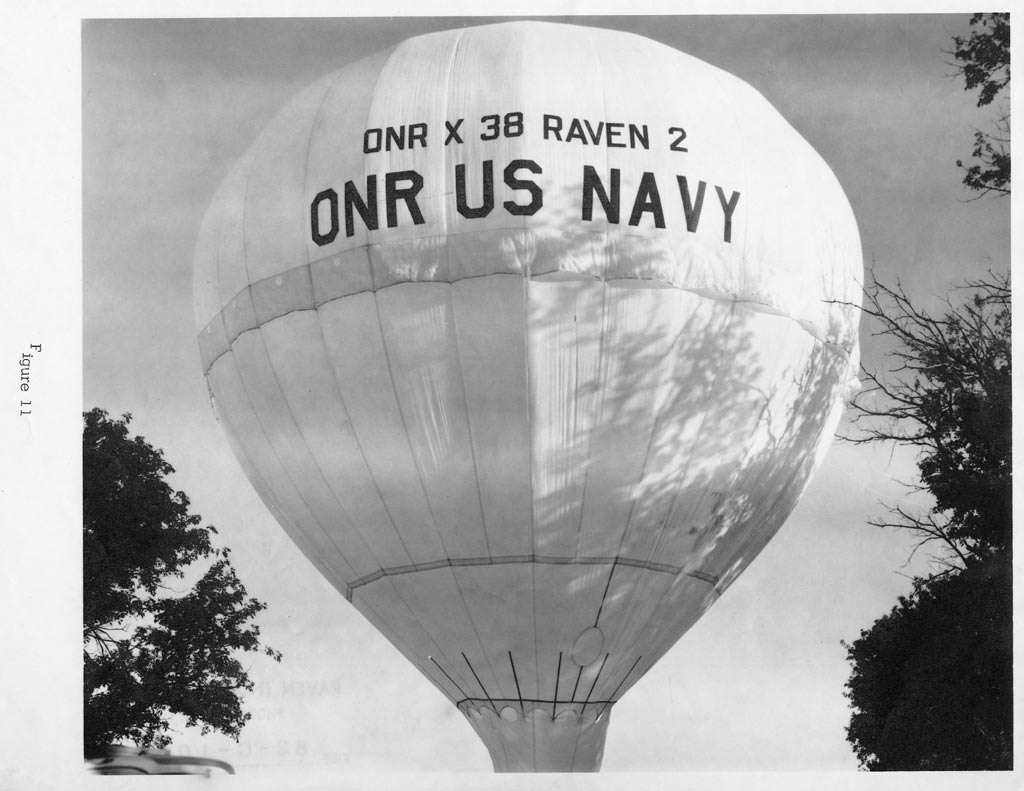A Brief History.
I'm not too sure if fish aspire to walk, as that in itself is a deep and rooted question. Perhaps birds have interstellar travel on the agenda, but once again, a deep question. However, History has proven that humans aspire to fly. Our imagination precedes our knowledge by fathoms, and it usually gets the best of us.
Gary Larson sums it up well.

Before we understood how to quantify the physics of our world, we were qualitative observers. The first occurrence of a hot air balloon is a fuzzy fact lost to history, but it is agreed that it stemmed from the observation that a container of hot air would float away.


Whether it was the Japanese, the Chinese, or anyone else in the world - as appropriate for the era - the French naturally received credit for the first hot air balloon flight.
on September 19th, 1783, a French scientist by the name of Pilatre De Rozier launched a duck and a rooster to the heavens. The flight lasted for 15 minutes before the bag of cooled smoke came crashing back to the ground. Who knows why he chose to fly birds. This escapade inspired two French brothers, Joseph and Etienne Montgolfier to achieve manned flight. About 2 months later, the first manned balloon was launched and ballooning was born.
later achievements included crossing the English channel, a flight for George Washington in the newly born America, and a barrage of altitude and distance records. Nearly two-hundred years later, hot air flights were accomplished over both the Pacific and Atlantic oceans, but only after developments in balloon technology stemming from the hot air balloons sister - The gas balloon.


The underlying principle of technology stems from displacement. Just as a boat displaces water with a less-dense substance - air - a balloon displaces air with an even less-dense substance! Three common lifting gasses are
1. Hot air
2. Hydrogen
3. Helium.
The quick run down of hot air has been covered, but it is important to touch on the parallel development of hydrogen (and later, helium.) balloons. Due to both the simplicity, and the fact that a volume of hydrogen will lift bounds more than heated air, it found it's way to the forefront of lighter-than-air flight. Hydrogen became a pet of commercialized flight, atmospheric study, and military research. However, as balloons got larger and encountered increasingly bizarre environments, they started to break. Fabric would not hold together, and stresses were unevenly distributed.
Exit Qualitative Science, Enter Quantitative Science.


The problem was posed, and the numbers were figured'. Airships were designed with profiles that equalized film load, and parachutes were optimized for dragged. in the 1940's, the university of Minnesota determined the shape of "natural balloons" of varying fabric weight and payload. Transitioning into the cold war, the U.S. military took an interest in balloons as both a tactical and surveillance tool. Raven industries took on the building of compact and optimized hot air balloon systems, and a fellow by the name of Justin Smalley spent six years churning out research and reports on the stresses involved in high-atmosphere balloons. The knowledge gained was eventually disseminated among the public, and hot air ballooning as we know it today was born.

